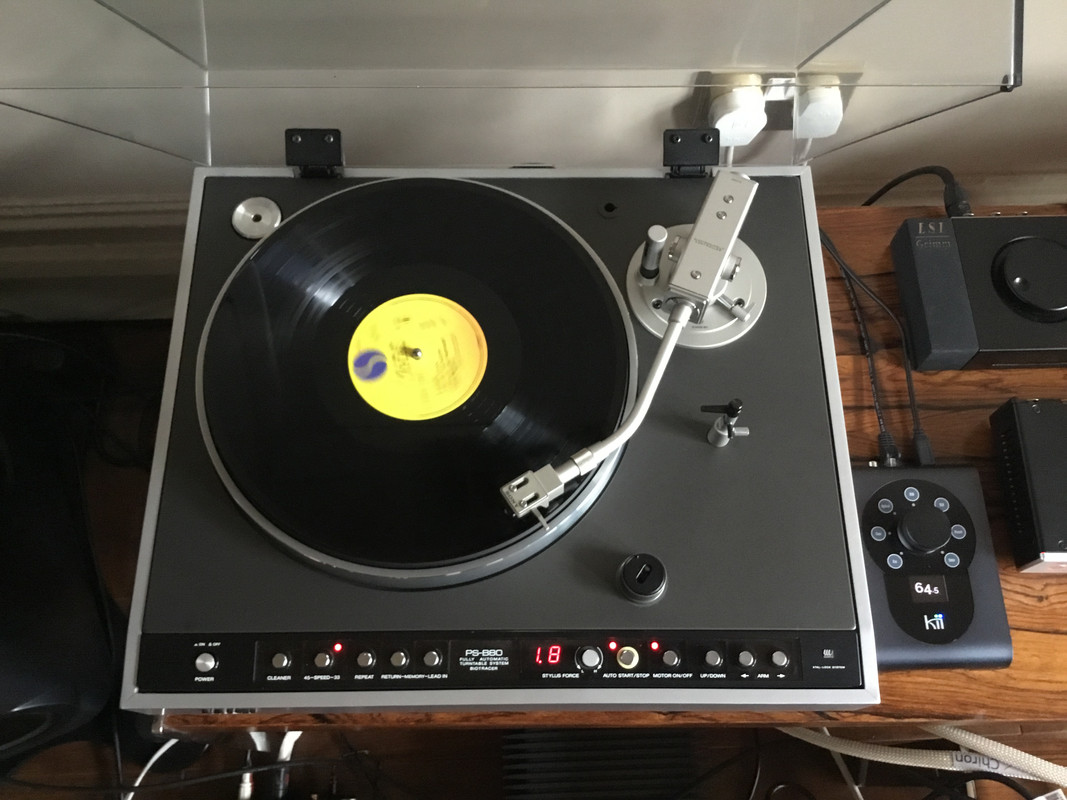I'm pretty sure the technology to play back master tapes hasn't improved since the 60s, so clearly the artist could hear exactly what they'd rec
Yes, but what was put onto vinyl was tailored to sound right on the vinyl replay systems of the day.
It's interesting that you mention analog tape. There has been a return to analog tape among some recording engineers as they feel it captures something about the soul of the music digital fails to. My so sold a studio reel to reel machine to a studio in London a few years ago. I'm not saying I agree with that idea, but it's interesting.
I don't know where they get the tape from...


